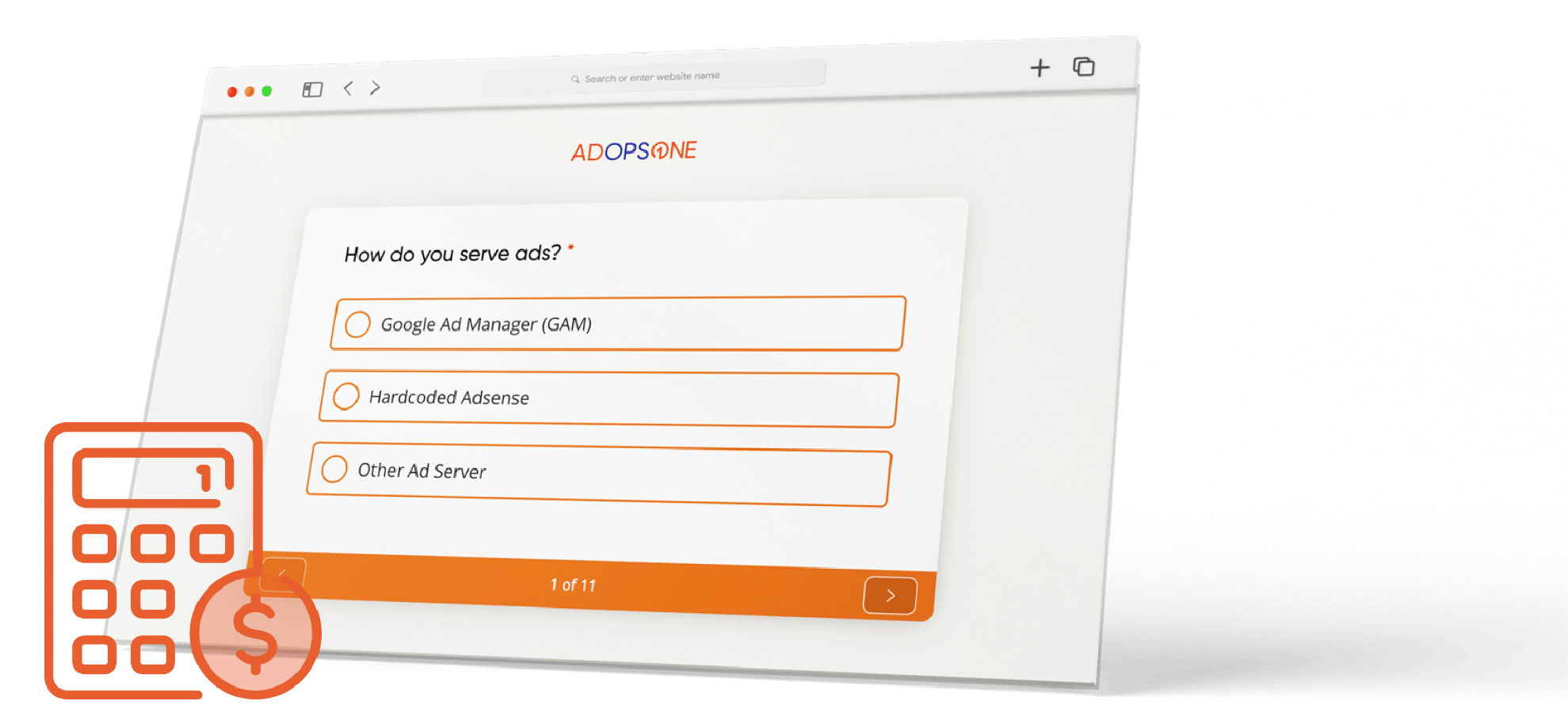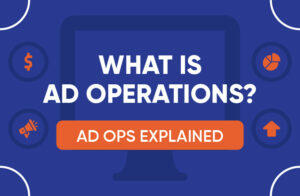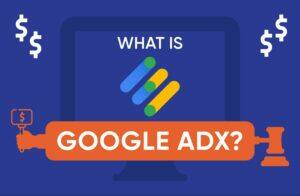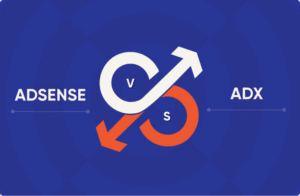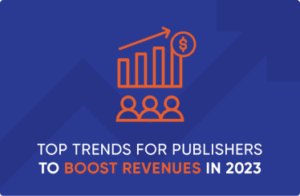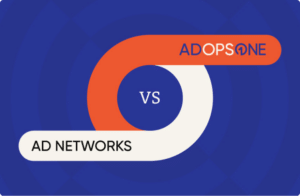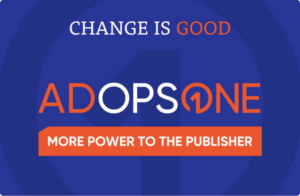Publishers are seeking ways to reduce costs and create consistent and dependable revenue streams. One surefire way is to move from a revenue-sharing monetization model to a flat-rate ad operations partner. What is the difference? The math is easy…read on!
WHAT IS A REVENUE SHARING AGREEMENT?
Revenue sharing agreements are as old as online advertising itself and they’re simple and straightforward: in exchange for representing the sale of a publisher’s advertising inventory, networks and monetization platforms receive a percentage of what they sell. The amount publishers earn from a rev-share arrangement may vary from month-to-month and unless they are large enough to negotiate a favorable rate, the percentage itself is often left undisclosed.
WHAT IS FLAT-RATE PRICING?
Just as the name suggests, flat-rate pricing is a fixed amount of fees publishers pay for ad operations and management services. With flat-rates, advertising control and transparency revert to the publisher, which results in a more predictable revenue stream. Publishers pay the same amount each month, irrespective of the volume of ads delivered or the effective CPM earned.
R.I.P. REV SHARE
The rev share model sounds easy, right? Just “set it and forget it;” after your new partner’s tags are implemented the money will start rolling in! Not so fast. While you may reap a percentage of sales and the size of your checks may increase, all control and any visibility into what you’re really earning are nonexistent. And unless your partner is a fully-managed service provider, you’re likely to still have hard costs that need to be covered, including GAM administration, reporting, IT and personnel, all of which eat further into your profit.
FLAT-RATE FACTS
Now let’s compare the alternative to revenue-sharing arrangements. With AdOpsOne’s flat-rate pricing, you can expect a dedicated ad ops professional working alongside you as an extension of your team. Plus, having them operate within your GAM provides complete transparency and the ability to ask questions and explore adding new demand partners into the mix. More importantly, as performance is optimized, you see exactly what you’re earning, and it all belongs to you!
Benefits of flat-rate monetization include:
- Monthly Pricing
- No Setup Fees
- Net 30 Payment
- No Lock-ins
- Full Transparency
- Complete Control
- Keep Your Demand Partners
Now consider the title of this post, “To generate $20,000 in ad revenue, would you rather spend $4000 or $699?” Hint: it’s not a trick question!
Using AdOpsOne’s flat-rate pricing as a guide, the cost of managing 10 to 25 million monthly impressions is $699. As shown in this infographic, for every 10 million impressions delivered at a $2.00 eCPM, the $20,000 generated only costs the publisher $699. However, that same $20,000 incurred a $4,000 cost with a 20% revenue share agreement through a technology provider.
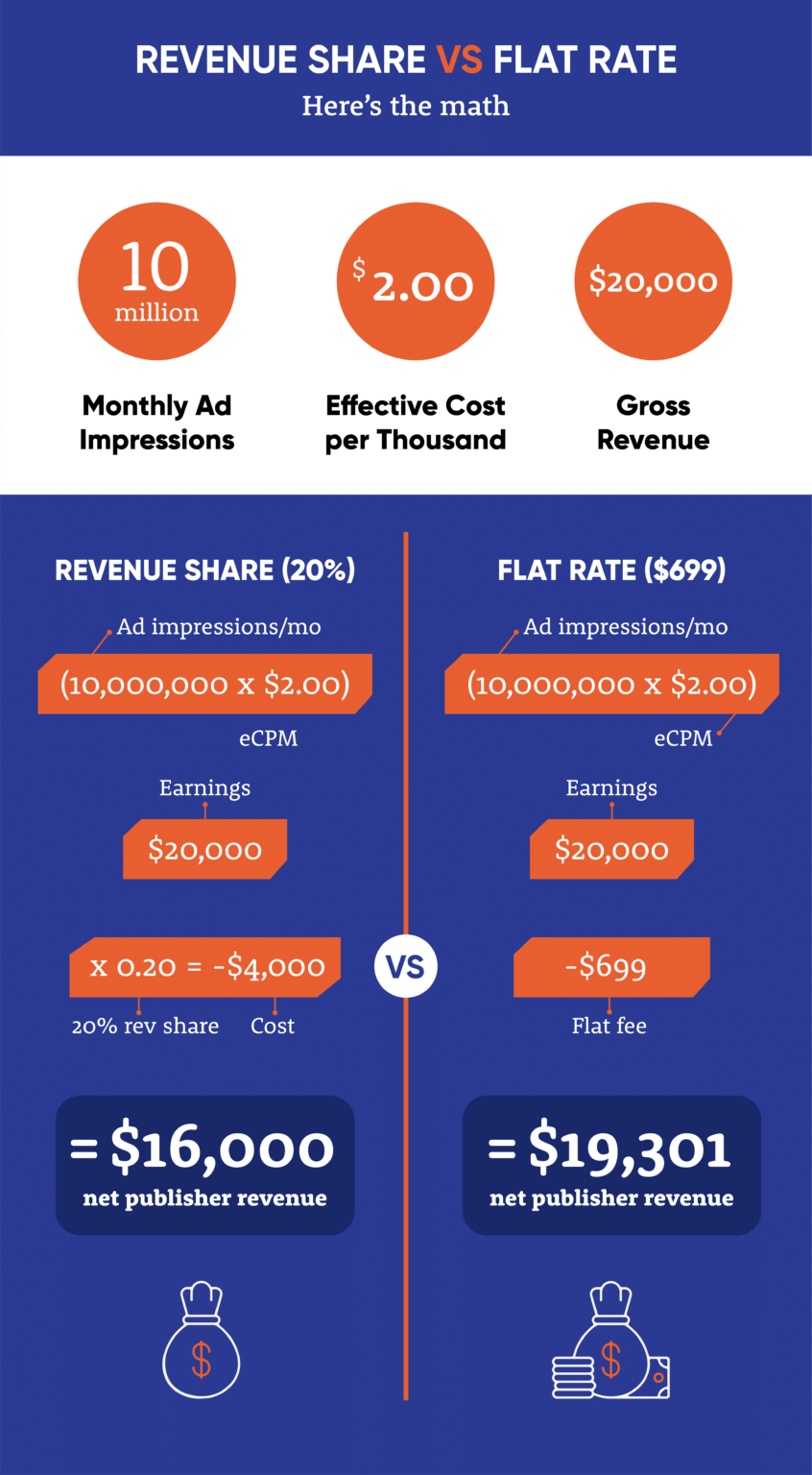
In the above example, flat-rate pricing increased the publisher’s revenues by over 20% and reduced the publisher’s cost to acquire that income by 572%.
Our flat-rate pricing for ad ops services with AI-assisted technology delivers an average 300% uplift in eCPMs, producing consistent results that protect your revenue, even if the economy enters a recession. Additionally, AdOpsOne’s flat-rate model generates enviable increases in ad revenue without sacrificing user experience, investing in IT upgrades or cramming more ad units onto each page.
Book a meeting to see how AdOpsOne’s out-of-the-box, fixed-rate adtech solution can work for you.

